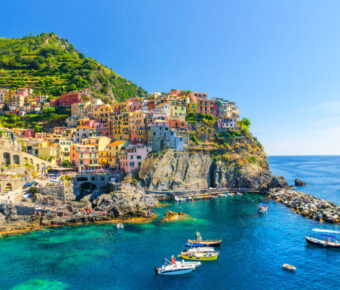
Paris vs Nice: Which French Riviera Dream Destination Is Best For You in 2025
Paris and Nice offer two completely different sides of France. The bustling energy of Paris draws millions with its iconic landmarks and endless cultural attractions. Meanwhile, Nice charms visitors with its laid-back Mediterranean vibe and beautiful beaches along the French Riviera.
Most visitors should spend 4-5 days in Paris to see major sights, and 2-3 days in Nice to enjoy the beach and local culture. Paris has more museums, landmarks, and family activities. Nice shines with its outdoor lifestyle, Italian-influenced food, and relaxed coastal atmosphere.
The cities give travelers distinct experiences. Paris delivers classic French art, history, and urban life as the City of Light. Nice mixes French and Italian cultures in a sunny tourist destination perfect for seaside strolls and outdoor cafes. Each place offers its own magic for different travel styles and interests.
Table of Contents
- Geographical Overview
- Cultural Significance
- History and Heritage
- Art and Museums
- Cuisine and Food Diversity
- Special Events and Festivals
- Attractions and Landmarks
- Iconic Monuments
- Hidden Gems
- Family-Friendly Activities
- Leisure and Outdoor Activities
- Beaches and Coastal Life
- Parks and Hiking Trails
- Day Trips and Excursions
- Dining and Cuisine
- Local French Cuisine
- Seafood and Specialty Dishes
- Michelin-Starred Restaurants and Street Food
- Accommodation and Stay
- Hotels and Boutique Accommodations
- Budget-Friendly Options
- Nightlife and Entertainment
- Clubs and Live Music Venues
- Theaters and Cultural Events
- Shopping and Markets
- Travel and Transportation
- Public Transportation Systems
- Airports and International Access
- Weather and Best Time to Visit
- Tips and Recommendations
- Frequently Asked Questions
- What are the key differences in cultural experiences when comparing Paris with Nice?
- How does the cost of living and tourism compare between Paris and Nice?
- Can you share tips for creating a balanced travel itinerary that includes both Paris and Nice?
- What should travelers consider when deciding between a visit to Paris or Nice?
- In terms of regional attractions, how do Paris and Nice’s offerings differ for tourists?
- What unique local cuisines should visitors try in Paris and Nice, respectively?
- Book Your Dream Experience
- More Travel Guides
Geographical Overview
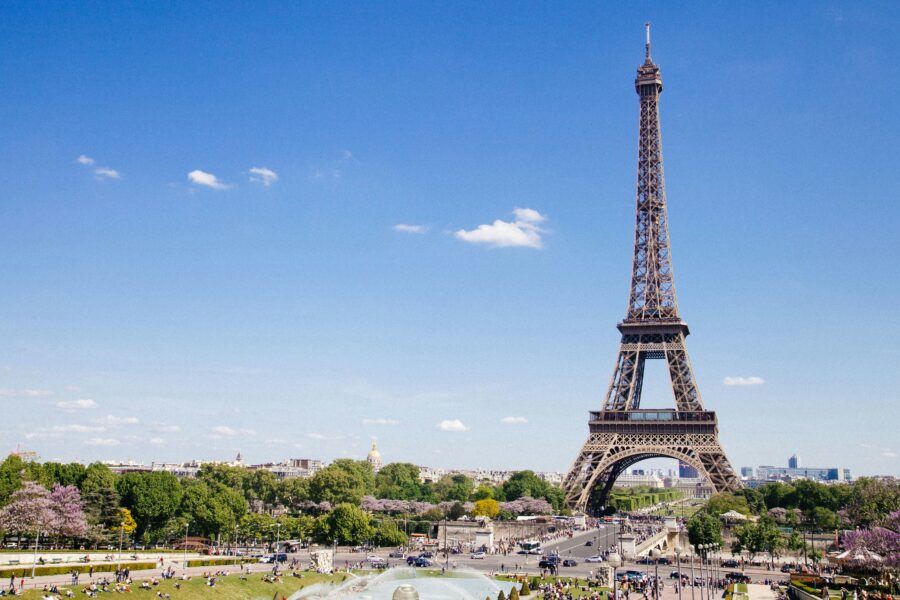
Paris sits in northern France along the Seine River, spreading across both banks in a relatively flat area. The city covers about 105 square kilometers, making it pretty compact for a major capital.
Nice, on the other hand, stretches along the Mediterranean coast in southern France, right where the Alps meet the sea. The city’s natural amphitheater shape comes from the hills that surround it on three sides.
The weather in these cities couldn’t be more different. Paris gets mild temperatures year-round with frequent rain showers. The Seine River splits the city into the Right Bank and Left Bank, creating its famous landscape.
Nice enjoys that classic Mediterranean climate with 300+ sunny days each year. The clear blue waters of the Baie des Anges (Bay of Angels) define the city’s waterfront, while the Promenade des Anglais runs along its famous pebbly beach.
Distance keeps these cities quite separate – about 930 kilometers apart. You’ll find Paris in the heart of the Île-de-France region, while Nice nestles in the Alpes-Maritimes department of the French Riviera.
The terrain shapes how people live in both places. Parisians spread out across their flat city, while Nice’s residents build up into the hillsides, creating those picture-perfect views of the sea.
Fun fact: Nice’s beach isn’t naturally pebbly – those stones help protect the coastline from erosion.
Cultural Significance
Paris and Nice represent two distinct faces of French culture, each offering unique experiences that showcase France’s rich heritage. Both cities maintain their own cultural identities through art, food, and celebrations that attract visitors year-round.
History and Heritage
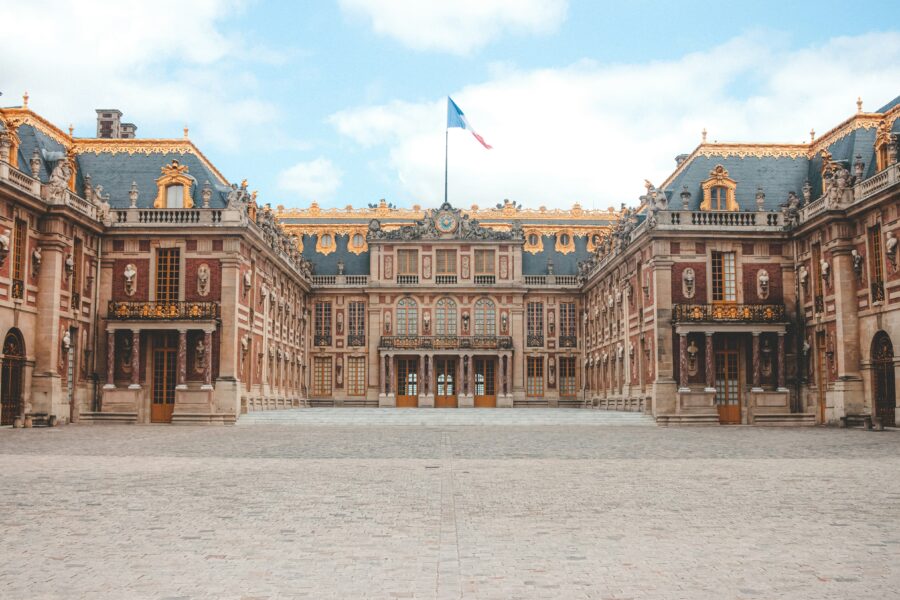
Paris stands as a living museum of French history, with iconic landmarks like Notre-Dame Cathedral and the Palace of Versailles telling stories of royalty and revolution. The city’s medieval streets in Le Marais preserve centuries-old architecture and Jewish heritage.
Nice’s history spans back to ancient Greek settlements. The city’s Italian influence shines through its colorful Old Town (Vieux Nice), with narrow winding streets and baroque churches. The famous Promenade des Anglais reflects the city’s popularity among 19th-century British aristocrats.
The Castle Hill ruins offer glimpses into Nice’s medieval past, while its Russian Orthodox Cathedral speaks to its appeal among European nobility.
Art and Museums
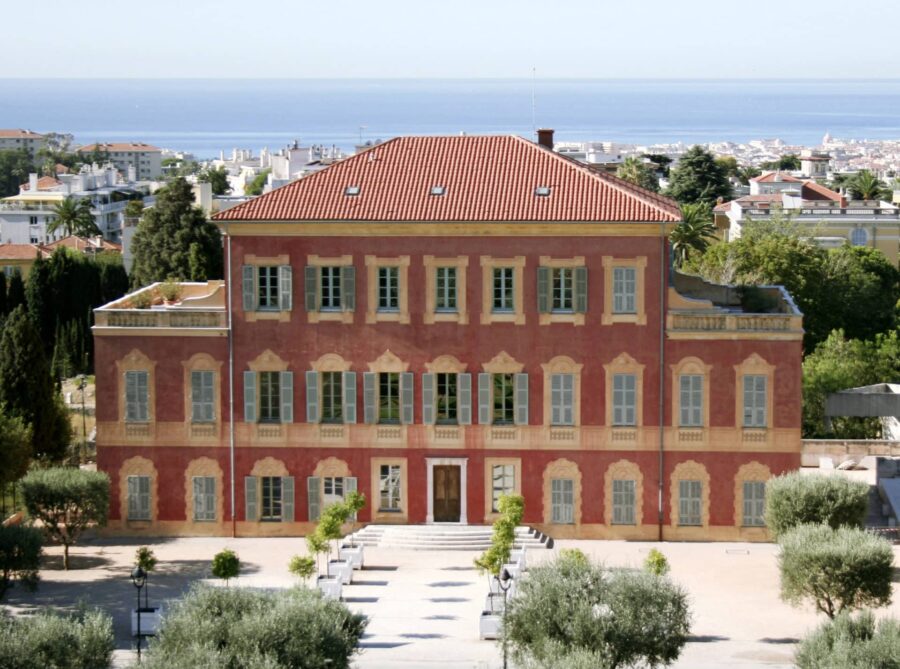
The Louvre holds the world’s largest art collection, housing masterpieces like the Mona Lisa and Venus de Milo. Paris boasts over 130 museums, including the Musée d’Orsay’s impressive Impressionist collection.
Nice played a crucial role in modern art history. The Musée Matisse showcases the artist’s evolution, housed in a stunning 17th-century villa. The Marc Chagall Museum displays the largest public collection of his religious works.
The city’s bright light and scenery attracted artists like Picasso and Renoir, earning Nice recognition as an artist’s haven.
Cuisine and Food Diversity
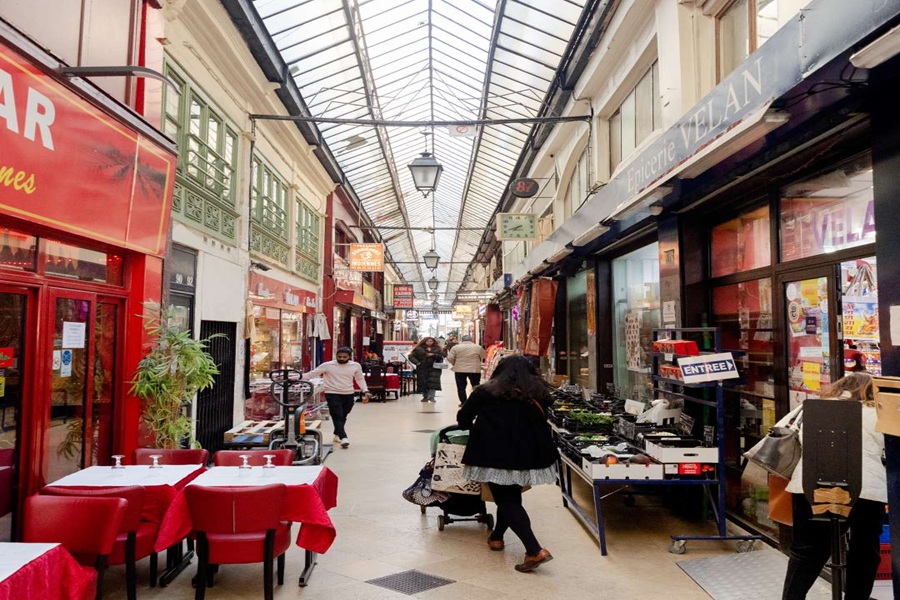
Paris offers world-class French cuisine alongside international options. The city’s 44,000 restaurants range from Michelin-starred establishments to corner bistros. Local markets like Marché Bastille showcase fresh produce and artisanal products.
The Passage Brady area features amazing Indian and Pakistani restaurants, adding diversity to Paris’s food scene.
Nice’s cuisine blends French and Italian influences. Local specialties include socca (chickpea pancakes), salade niçoise, and pissaladière. The Cours Saleya market brings fresh Mediterranean ingredients to locals and visitors daily.
Special Events and Festivals
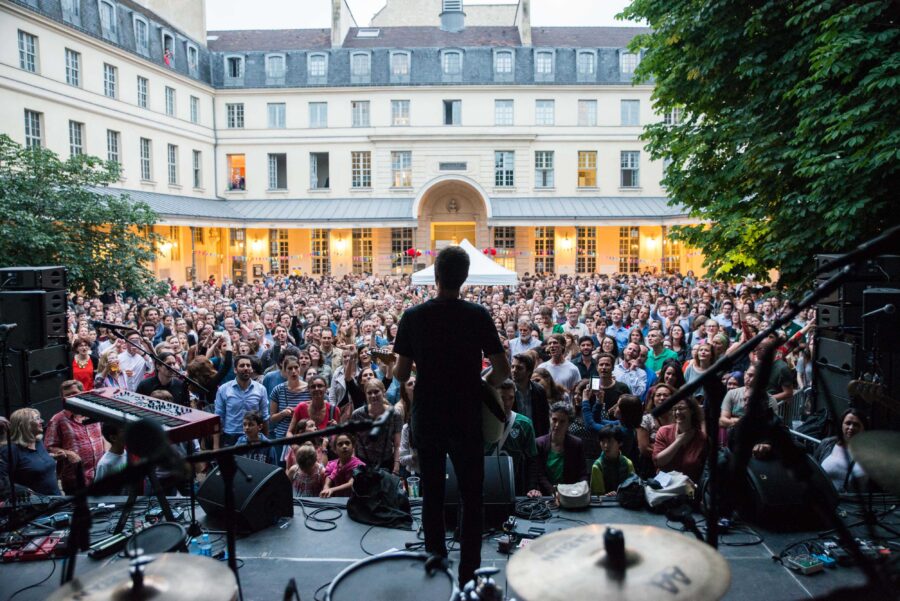
Paris hosts major cultural events throughout the year. Fashion Week attracts global attention twice annually. The Fête de la Musique fills streets with free concerts every June 21st.
European Heritage Days open historic buildings to the public each September. The Paris Plages transforms the Seine’s banks into beach areas during summer.
Nice’s carnival ranks among the world’s largest, featuring elaborate parades and flower battles each February. The Nice Jazz Festival, Europe’s oldest jazz event, draws international performers every July.
The city celebrates its Mediterranean culture with the Lou Festin dou Pouort fishing festival and regular outdoor markets.
Attractions and Landmarks
Both Paris and Nice offer amazing sights that draw millions of visitors each year, from world-famous monuments to charming local spots filled with history and culture.
Iconic Monuments
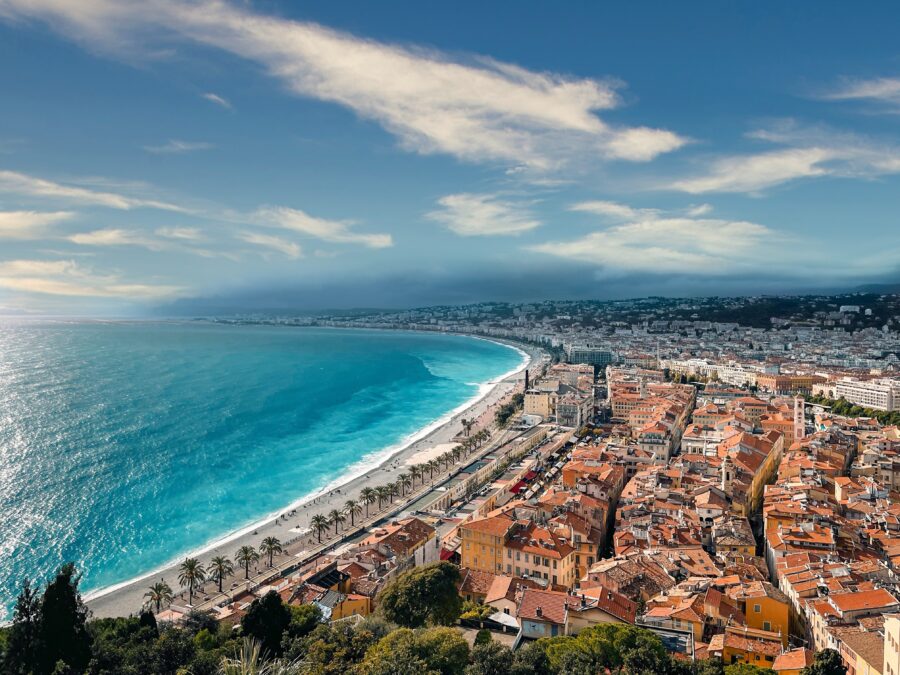
The Eiffel Tower stands as Paris’s most famous symbol, drawing crowds who want to see its iron lattice up close or enjoy city views from its observation decks. The iron lady looks most magical at night when thousands of lights make it sparkle.
The majestic Notre Dame Cathedral shows off Gothic architecture at its finest. While still under restoration, its exterior remains impressive to see.
The stunning galleries and exhibitions at the Louvre Museum house priceless art like the Mona Lisa. Book tickets ahead to avoid long lines.
In Nice, the Promenade des Anglais stretches 4 miles along the Mediterranean. This palm-lined walkway lets you take in sea views while passing historic buildings.
Hidden Gems
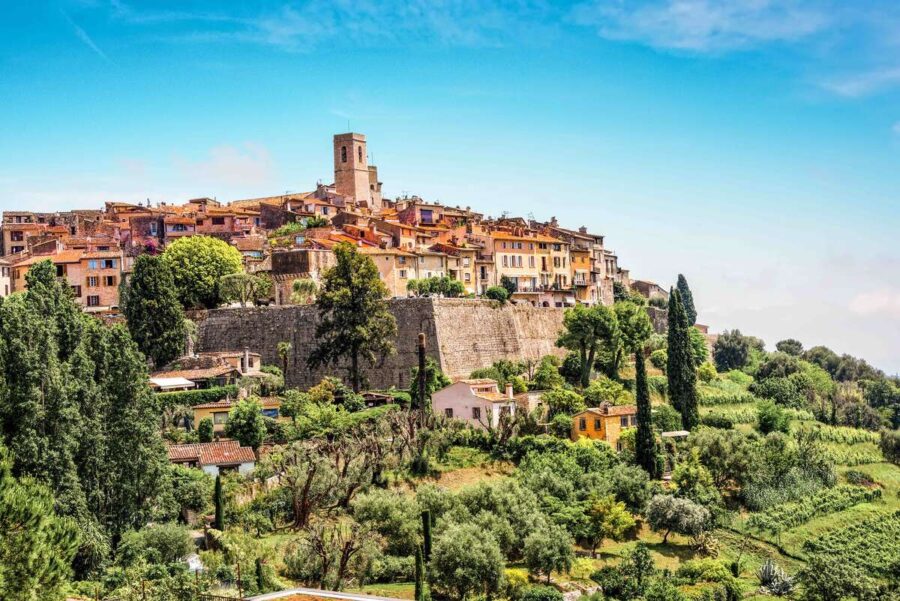
The charming streets of Nice’s Old Town wind through colorful buildings and local shops. Stop at small cafes or browse the flower market for a true taste of local life.
Saint-Paul-de-Vence sits just outside Nice. This medieval village features art galleries and stone streets perfect for wandering.
Paris’s covered passages offer a peek into 19th-century shopping arcades with unique architecture and vintage shops.
The hilltop village of Menton near Nice dazzles with gardens and yellow-orange buildings against the blue sea.
Family-Friendly Activities
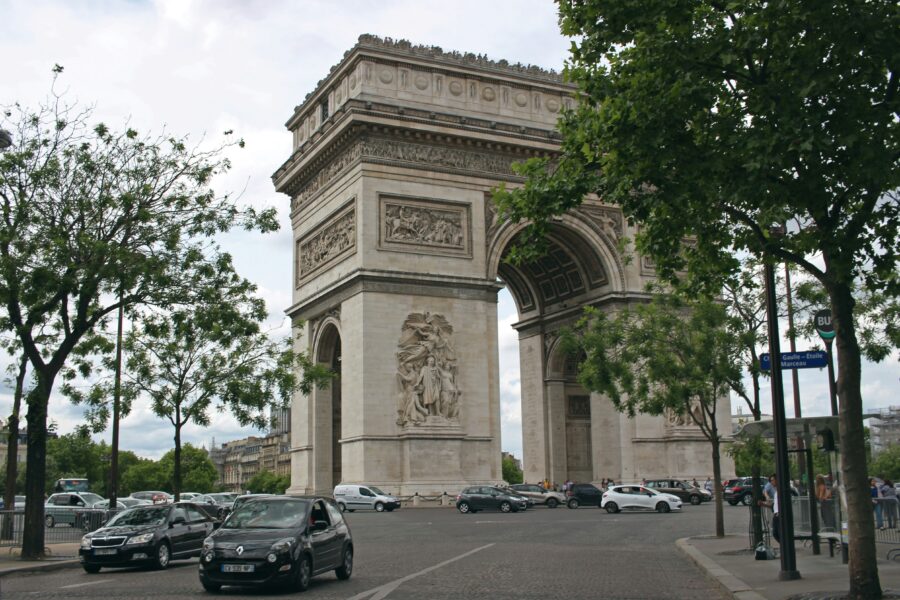
Disneyland Paris brings magic to life with themed rides, shows, and beloved characters just 40 minutes from central Paris.
Nice’s beaches provide hours of fun for kids who can swim, build sandcastles, or try water sports.
The Arc de Triomphe offers families amazing views after climbing 284 steps. Kids love spotting the 12 main streets that spread out from it like a star.
Parks dot both cities. The Champs-Élysées gardens give kids space to run while parents rest on benches under shady trees.
Leisure and Outdoor Activities
Paris and Nice offer completely different outdoor experiences. Paris shines with its manicured gardens and urban parks, while Nice delivers seaside adventures and mountain trails just minutes from the city center.
Beaches and Coastal Life
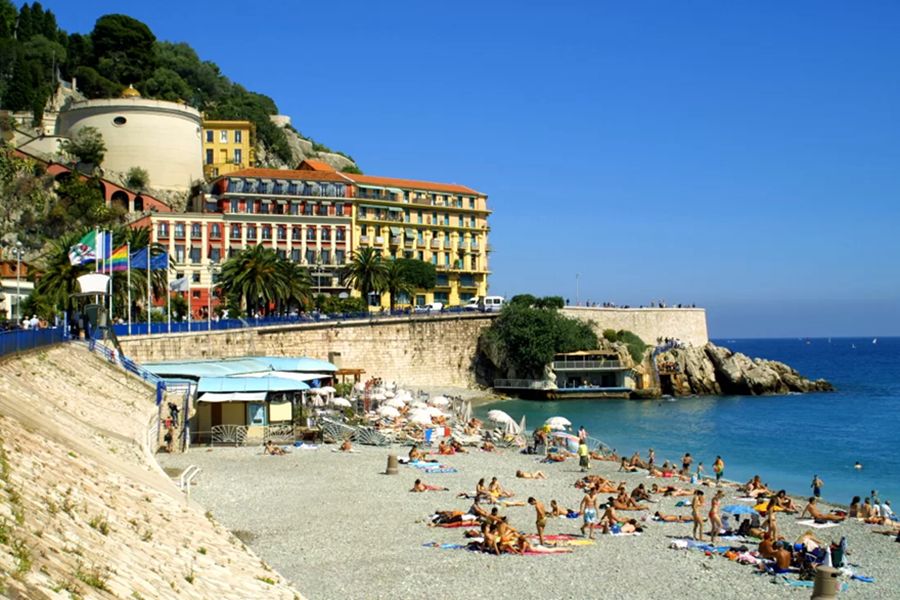
Nice’s pebbled beaches stretch for 7 kilometers along the stunning Mediterranean coast. The clear blue waters are perfect for swimming from April through October, with water temperatures reaching 24°C (75°F) in summer.
The famous Promenade des Anglais runs parallel to the beach, offering spots for cycling, jogging, or people-watching at charming seaside cafes. Beach clubs rent loungers and umbrellas for comfortable seaside relaxation.
Paris doesn’t have beaches, but it creates artificial ones each summer during Paris Plages. The Seine’s banks transform into sandy spots with palm trees and loungers from July to August.
Parks and Hiking Trails
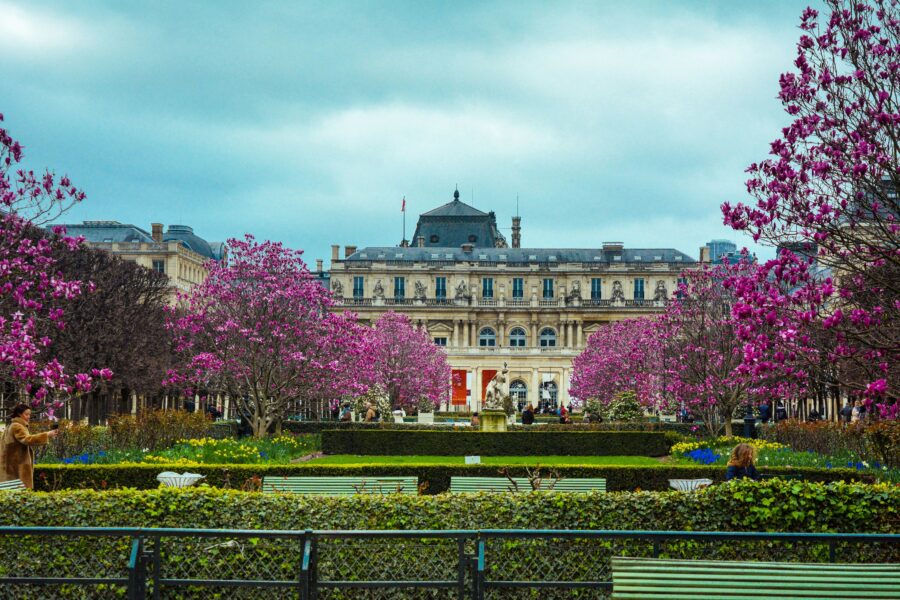
The Jardin du Luxembourg stands out as Paris’s most beloved green space, with its ornate fountains and tree-lined paths. Kids love sailing toy boats on the central pond while adults play chess at permanent tables.
Nice’s hiking trails offer spectacular views of the Côte d’Azur. The Castle Hill Trail climbs to a panoramic viewpoint over the city and bay. Mont Boron Forest Park provides 11 kilometers of marked paths through pine and olive trees.
In Paris, the Bois de Boulogne and Bois de Vincennes offer extensive walking trails and lakes for rowing boats.
Day Trips and Excursions
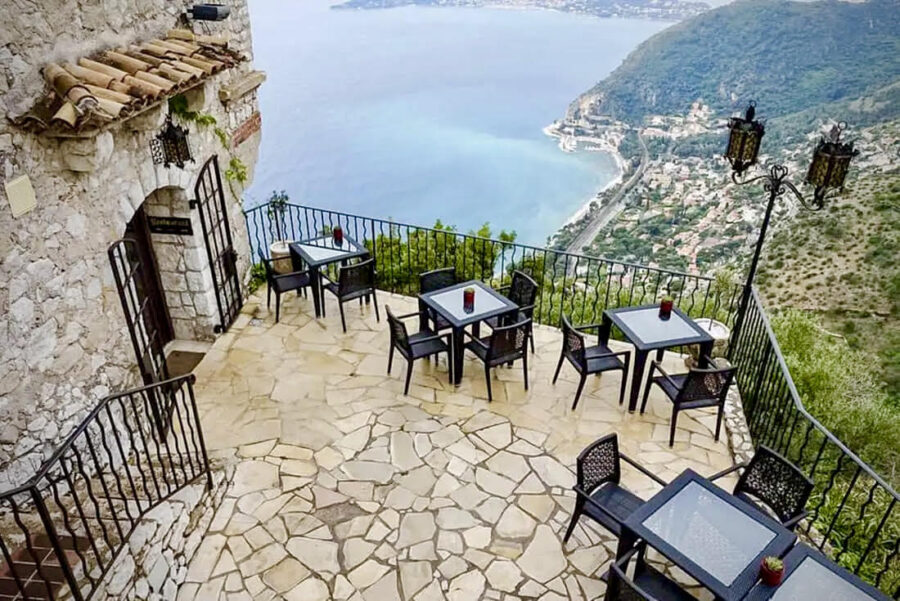
From Nice, you can reach medieval Eze Village in just 20 minutes. This hilltop town provides amazing coastal views and gorgeous botanical gardens.
Antibes and Cannes are quick train rides away, each offering unique beaches and coastal charm. The nearby Alps make skiing possible in winter, just 1.5 hours from Nice’s palm trees.
Paris offers easy trips to Versailles Palace and its vast gardens. The forests of Fontainebleau provide excellent rock climbing and hiking trails, while Giverny’s gardens showcase Monet’s inspiration.
The charming town of Chantilly lies just 25 minutes north of Paris, featuring a fairy-tale castle and France’s largest stables.
Dining and Cuisine
Paris and Nice each offer distinct culinary experiences shaped by their unique locations and cultural influences, from refined French classics to Mediterranean-inspired dishes. Food markets, local specialties, and dining styles differ greatly between these two cities.
Local French Cuisine
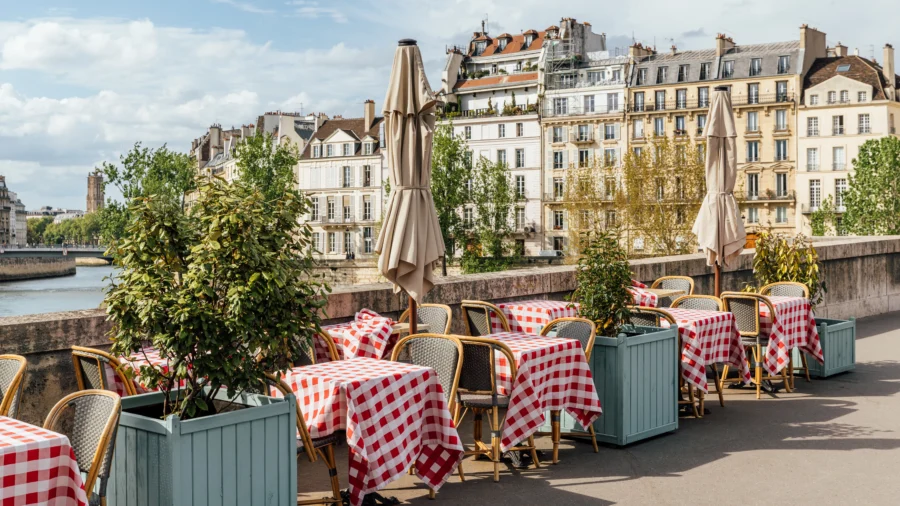
Paris embraces traditional French cooking with its iconic bistros and brasseries. You’ll find perfect croissants, macarons, and classic dishes like coq au vin in charming neighborhood spots. Many restaurants focus on rich, butter-based sauces and hearty meat dishes.
Nice’s cuisine shows strong Italian and Mediterranean influences. The city’s signature dish, the Niçoise salad, combines fresh tuna, olives, and local vegetables. The famous socca, a crispy chickpea pancake, is a must-try street food unique to Nice.
Seafood and Specialty Dishes
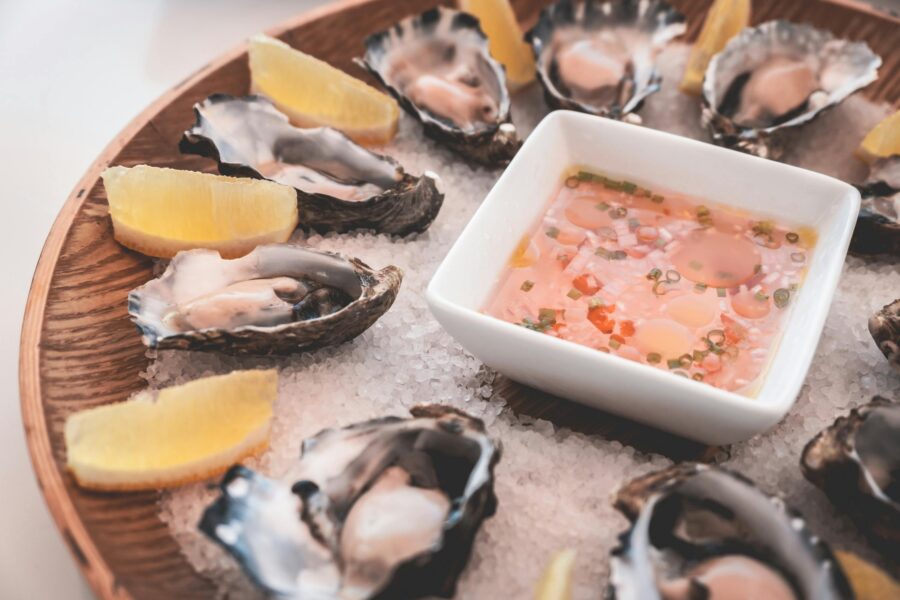
Nice’s coastal location means incredibly fresh seafood. Local fishermen bring their catch directly to the port restaurants each morning. The city’s specialty fish soup, called bouillabaisse, uses the day’s catch mixed with local herbs and spices.
In Paris, seafood restaurants import their fish daily from coastal regions. While excellent, prices tend to be higher than in Nice. Many Parisian restaurants serve innovative seafood dishes with modern French twists.
Michelin-Starred Restaurants and Street Food
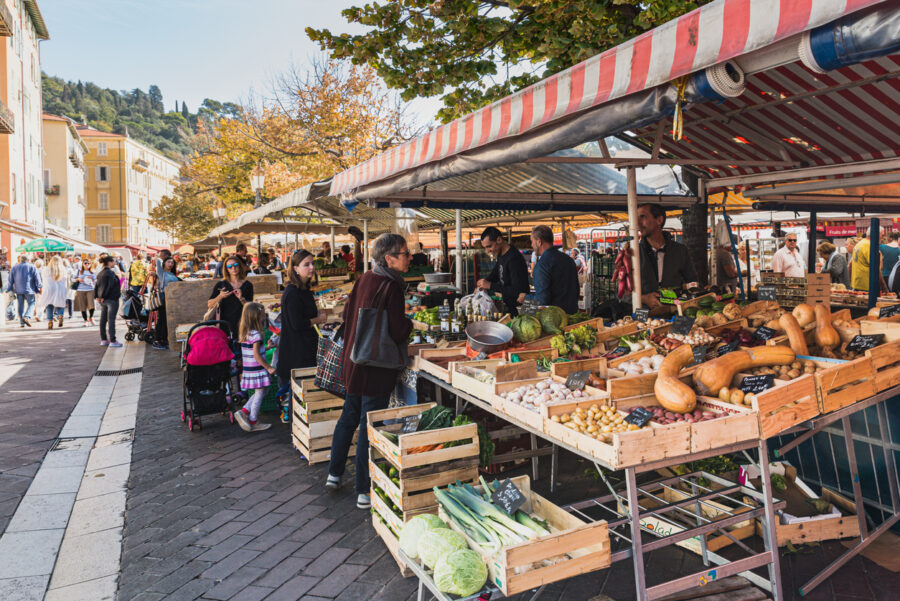
Paris boasts over 100 Michelin-starred restaurants, ranging from innovative modern spots to classic French establishments. Many top chefs train in Paris before opening their own restaurants.
Nice has fewer Michelin-starred venues but makes up for it with amazing street food. Local markets like Cours Saleya offer fresh produce and ready-to-eat regional specialties. Small family-run restaurants serve authentic Provençal dishes at reasonable prices.
The casual dining scene in Nice focuses on outdoor seating and relaxed Mediterranean vibes. Food trucks and market stalls sell local favorites like pissaladière and pan bagnat.
Accommodation and Stay
Finding the right place to stay shapes the whole French travel experience. Both cities offer many lodging choices at different price points, from luxury hotels to budget-friendly spots.
Hotels and Boutique Accommodations

Paris features many iconic luxury hotels near major landmarks. The Marais district stands out with its mix of elegant boutique accommodations in historic buildings.
Each neighborhood gives guests a different taste of Parisian life. The 1st and 8th districts cater to luxury travelers with five-star hotels and high-end amenities.
Nice’s waterfront hotels offer stunning Mediterranean views. Many properties blend French elegance with Italian architectural touches, creating a unique coastal charm.
Room rates in Nice tend to spike during summer and major events. Spring and fall visits often mean better deals on beachfront stays.
Budget-Friendly Options

Nice offers more affordable lodging than Paris year-round. Small family-run hotels and guesthouses dot the city’s historic center, offering clean rooms at reasonable rates.
Smart travelers book Nice accommodations early for July and August. The city fills up fast during peak season, pushing prices higher.
Paris budget options include smaller hotels away from tourist spots. Staying in outer districts near Metro stations helps cut costs while keeping good access to sights.
Student areas like the Latin Quarter mix cheaper stays with local culture. Many properties offer basic but comfortable rooms perfect for practical travelers.
Nightlife and Entertainment
Paris and Nice offer distinct evening entertainment scenes. Paris dazzles with glamorous clubs and iconic theaters, while Nice features laid-back bars and seaside entertainment spots.
Clubs and Live Music Venues
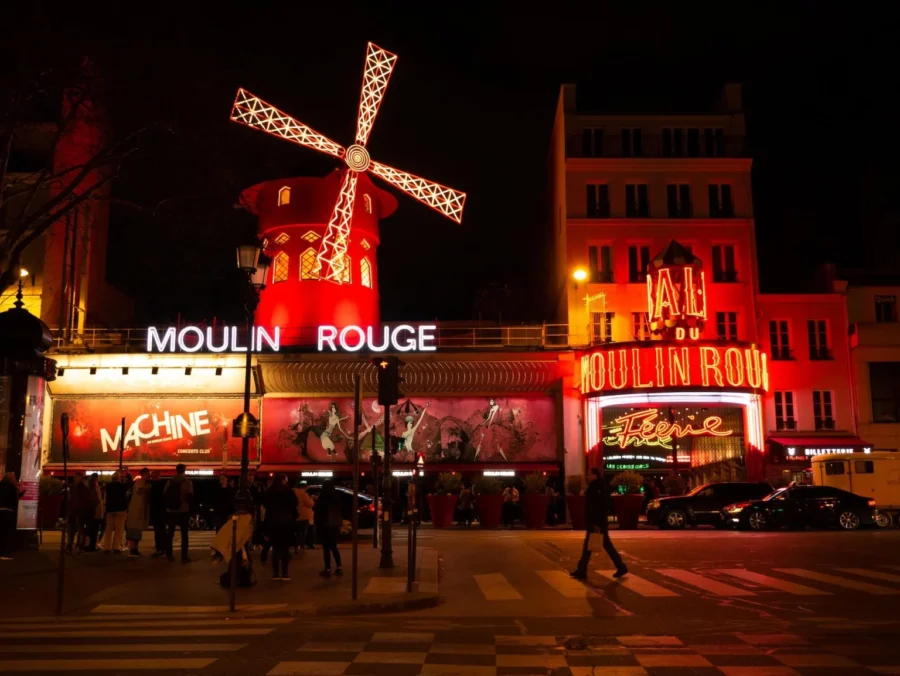
Paris boasts world-famous nightclubs in trendy districts like Le Marais and Bastille. Most clubs open around midnight and keep the party going until sunrise. Rex Club draws big-name DJs for electronic music fans.
Le Baron and Silencio attract fashion-forward crowds with their exclusive atmospheres. Cover charges range from €15-30 at most venues.
Nice’s nightlife focuses on casual bars and beach clubs along Promenade des Anglais. Wayne’s Bar hosts live rock bands most nights. High Club brings in international DJs during summer.
Local wine bars fill the cobblestone streets of Old Nice. Many spots have no cover charge. The vibe stays relaxed even late into the night.
Theaters and Cultural Events
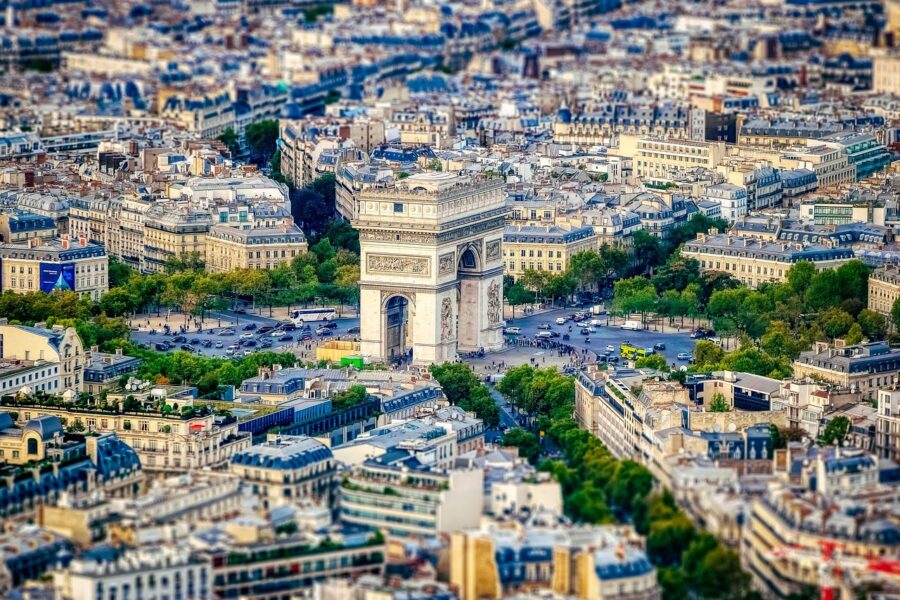
The Moulin Rouge cabaret defines Parisian entertainment with its spectacular shows and iconic red windmill. Reserving tickets ahead is a must for this popular venue.
Opera Garnier stages world-class ballet and opera performances in a stunning 19th-century setting. The Théâtre des Champs-Élysées features classical concerts and avant-garde productions.
Nice Opera House presents seasonal opera and symphony programs in an ornate Italian-style theater. Street performers entertain crowds along the Promenade du Paillon on warm evenings.
The Nice Jazz Festival draws top musicians each July. Small music venues in Old Nice host intimate jazz shows year-round.
Shopping and Markets
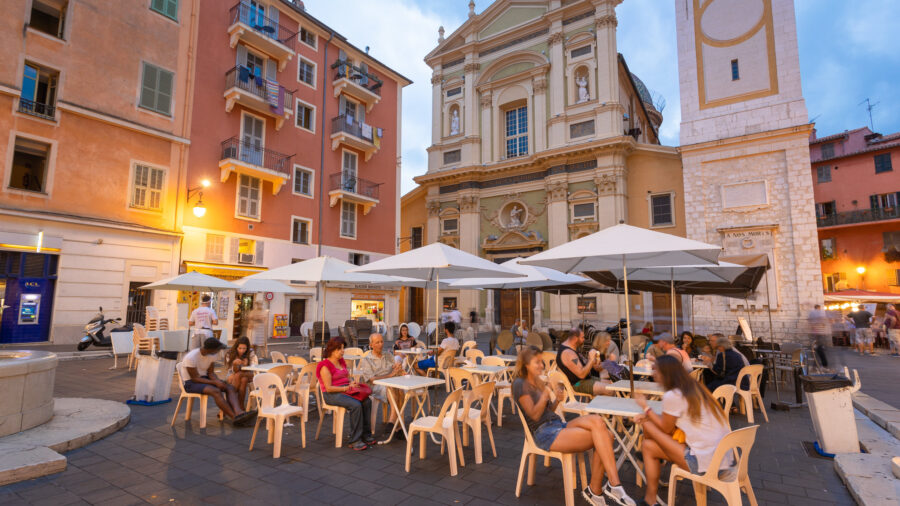
Paris stands out as a world-famous shopping destination. The iconic Champs-Élysées stretches nearly 2 kilometers with luxury boutiques, fashion houses, and high-end retailers lining both sides of this grand avenue.
Nice offers a different shopping experience with its charming Old Town (Vieille Ville). The narrow streets are packed with local boutiques, artisan shops, and specialty stores selling Provençal products like olive oil, soaps, and local crafts.
The markets in both cities give visitors a taste of local life. Nice’s famous Cours Saleya market buzzes with fresh produce, flowers, and regional specialties every morning except Mondays. The vendors mix French and Italian influences in their offerings.
Paris boasts numerous historic covered markets. The Marché des Enfants Rouges, dating from 1628, is the oldest covered market in Paris. It features food stalls, fresh ingredients, and ready-to-eat meals from various cultures.
Shopping costs tend to be higher in Paris, especially in tourist areas and luxury districts. Nice’s shopping areas generally have more moderate prices, though designer boutiques in the city center can be expensive too.
The small shops in Nice close for lunch breaks, typically between 12:00-2:00 PM. Paris stores usually stay open throughout the day, especially in tourist areas and shopping centers.
Travel and Transportation
Getting between and around these French cities involves distinct transportation systems and international connections that shape the travel experience. Each offers unique ways to explore and navigate.
Public Transportation Systems
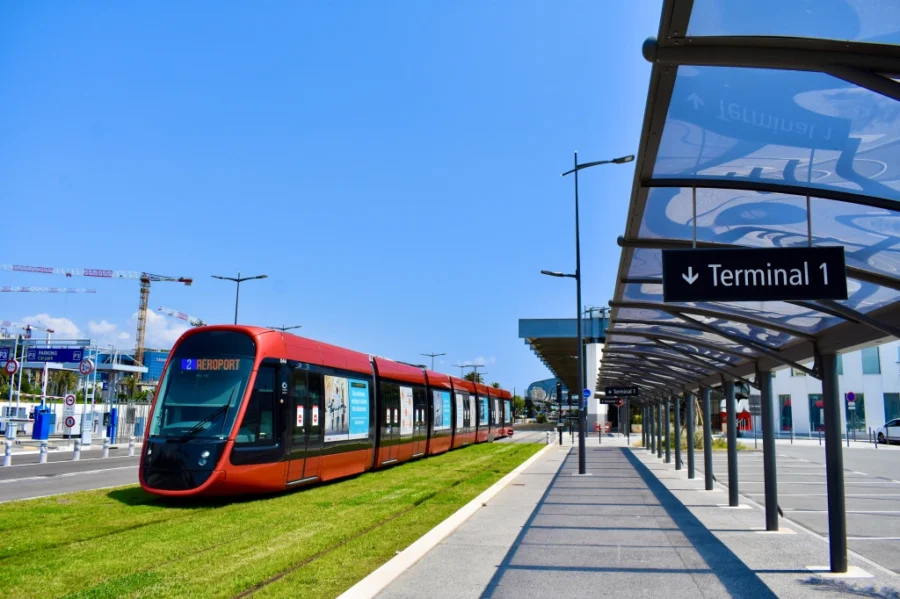
Paris has an extensive metro network with 16 lines covering most areas of the city. The Metro runs from 5:30 AM to 1:00 AM, with trains arriving every 2-4 minutes during peak hours.
Nice operates a modern tram system with 3 main lines. The trams are clean, efficient, and connect major areas including the airport and beach districts.
Both cities feature reliable bus networks. Paris buses complement the Metro system by reaching areas between stations. Nice buses are perfect for scenic coastal routes.
Walking is easy in both places. Paris streets follow a spoke-pattern layout from central points. Nice has a compact city center with many pedestrian zones.
Airports and International Access

Paris serves travelers through two major airports – Charles de Gaulle (CDG) and Orly (ORY). CDG handles most international flights while Orly focuses on domestic and European routes. You can search flights to both airports.
Nice Côte d’Azur Airport sits right on the Mediterranean coast. It’s France’s third-busiest airport and connects to major European cities.
Train access differs between the cities. Paris acts as France’s rail hub with high-speed TGV connections across Europe. Nice’s main station offers routes along the French Riviera and into Italy.
Weather and Best Time to Visit
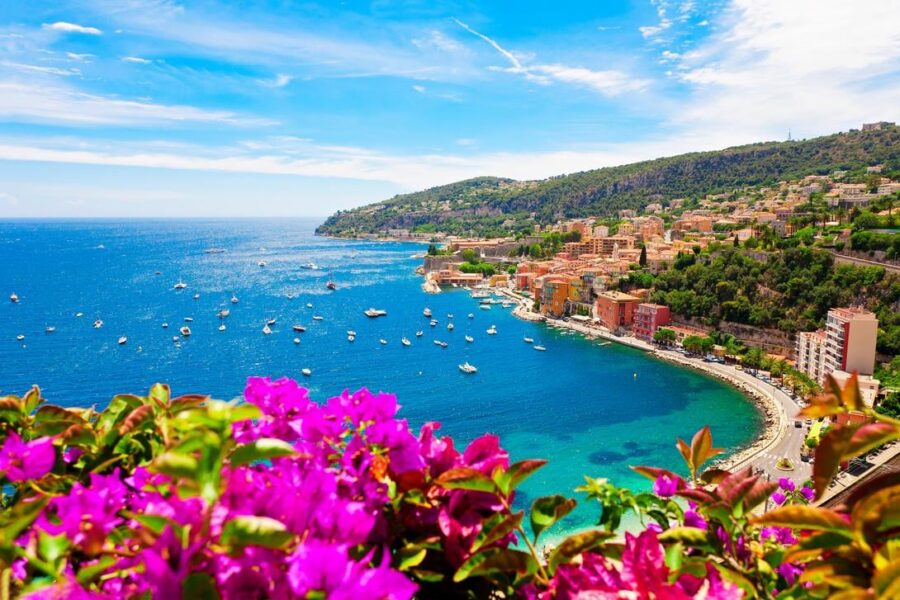
Nice enjoys a classic Mediterranean climate with warm, sunny days most of the year. The city gets 300+ days of sunshine and stays pretty mild even in winter, with temps rarely dropping below 45°F (7°C).
Paris has more of a mix – hot summers and chilly winters. Winter temps can dip to 36°F (2°C), and the city often gets gray skies and rain, especially from November through February.
Summer brings lots of tourists to both cities. Nice’s beaches get packed from June to August, when temps climb into the 80s°F (27-32°C). The water stays warm enough for swimming into early fall.
The best time to visit Nice is April-May or September-October. You’ll get pleasant temps in the 70s°F (21-26°C), fewer crowds, and good deals on hotels. Plus it’s perfect weather for day trips to Monaco and Cannes.
For Paris, spring (March-May) and fall (September-November) offer the nicest weather and smaller crowds. December through February is great for museum visits – the lines are way shorter than peak season.
Both cities see the most tourists in July and August. Book well ahead if visiting then, especially in Nice where beach season is in full swing.
Pro tip: Nice’s famous Carnival happens in February, bringing two weeks of parades and celebrations. The weather stays mild enough to enjoy the festivities.
Tips and Recommendations
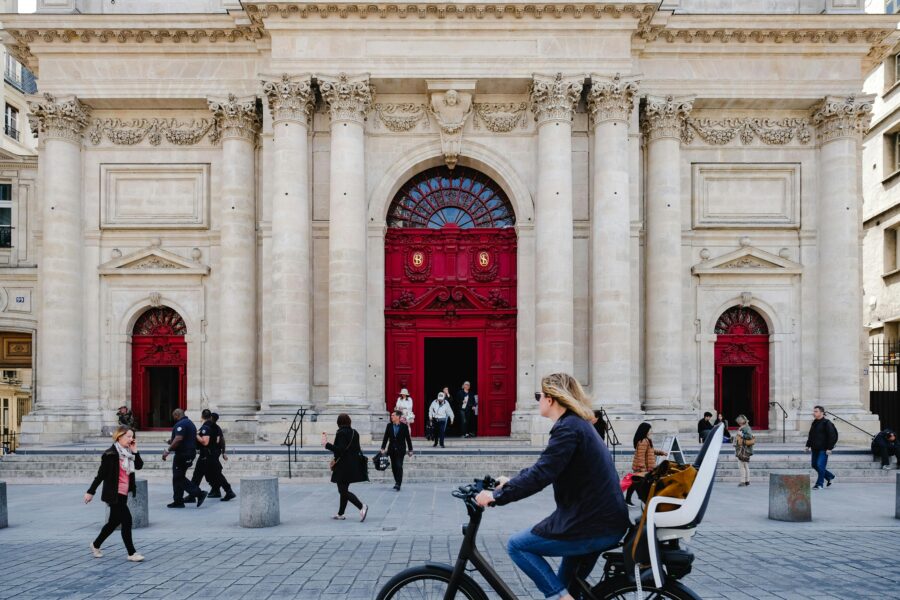
Best Time to Visit
- Paris: Spring (April-May) and Fall (September-October) offer mild weather and fewer crowds
- Nice: June-September for beach weather, March-May for pleasant sightseeing
Transportation Tips
Pack comfortable walking shoes for both cities. Nice is more walkable than Paris. In Paris, buy a multi-day metro pass to save money and time.
For Families
Nice’s beaches and relaxed atmosphere make it perfect for kids. The shallow waters are safe for swimming. Paris works better for families with older children who can handle long walks and museum visits.
Solo Travelers
Both cities are safe for solo trips. Nice offers a more laid-back experience with easier navigation. Paris has more hostels and social activities for meeting other travelers.
For Couples
Paris shines with romantic restaurants and evening strolls. Nice provides intimate beach picnics and charming old town walks. Pick Paris for classic romance, Nice for casual seaside dates.
Money-Saving Tips
Book accommodations outside city centers to save money. Nice tends to be cheaper than Paris for hotels and dining. Get museum passes in Paris if planning multiple visits.
Local Customs
Learn basic French phrases before visiting either city. Dress smart-casual in Paris. Nice is more relaxed with beachwear accepted near the shore.
Frequently Asked Questions
Paris and Nice offer distinct experiences for travelers, from world-famous landmarks to Mediterranean beaches, with unique food scenes and cultural attractions that make each city special.
What are the key differences in cultural experiences when comparing Paris with Nice?
Paris focuses on classic French culture with its grand museums, opera houses, and famous art galleries. The city holds countless cultural events throughout the year.
Nice blends French and Italian influences due to its location near the Italian border. This mix shows up in the local dialect, architecture, and daily life.
The pace of life differs greatly between the two cities. Paris moves at a fast, metropolitan rhythm, while Nice embraces a relaxed Mediterranean lifestyle.
How does the cost of living and tourism compare between Paris and Nice?
Housing and accommodation costs tend to be higher in Paris than in Nice. A typical hotel room in Paris can cost 30-50% more than a similar room in Nice.
Transportation expenses vary too. Nice is very walkable, and many tourists can explore without using public transit. Paris requires more metro and bus use to see major sites.
Food and dining costs are similar in both cities, though Nice offers more budget-friendly local markets and casual dining spots.
Spend at least 4 days in Paris to see major attractions like the Eiffel Tower, Louvre, and Notre-Dame. Morning visits work best to avoid crowds.
Plan 3-4 days in Nice to enjoy the beaches, old town, and day trips to nearby towns like Monaco or Antibes.
Take the high-speed train between cities – it’s faster and more comfortable than driving or flying.
What should travelers consider when deciding between a visit to Paris or Nice?
Think about the season – Paris shines in spring and fall, while Nice offers great weather and beach activities in summer.
Consider your interests – art lovers and history buffs might prefer Paris, while beach enthusiasts and outdoor adventurers may enjoy Nice more.
Your preferred pace matters too. Paris demands more planning and scheduled activities, while Nice suits a more relaxed approach.
In terms of regional attractions, how do Paris and Nice’s offerings differ for tourists?
Paris surrounds visitors with historic monuments, world-class museums, and iconic architecture. Day trips often include Versailles and Giverny.
Nice serves as a gateway to the French Riviera, with easy access to glamorous coastal towns like Cannes and Saint-Tropez.
The natural attractions differ too – Paris has manicured gardens and parks, while Nice offers beaches and hiking trails in the nearby Alps.
What unique local cuisines should visitors try in Paris and Nice, respectively?
Paris excels in classic French dishes like coq au vin and beef bourguignon. The city’s bakeries offer the finest croissants and baguettes.
Nice specializes in Mediterranean cuisine with dishes like salade niçoise, socca (chickpea flatbread), and fresh seafood.
Street food differs too – Paris has amazing crêpes, while Nice offers Italian-influenced treats like gelato and pizza.


